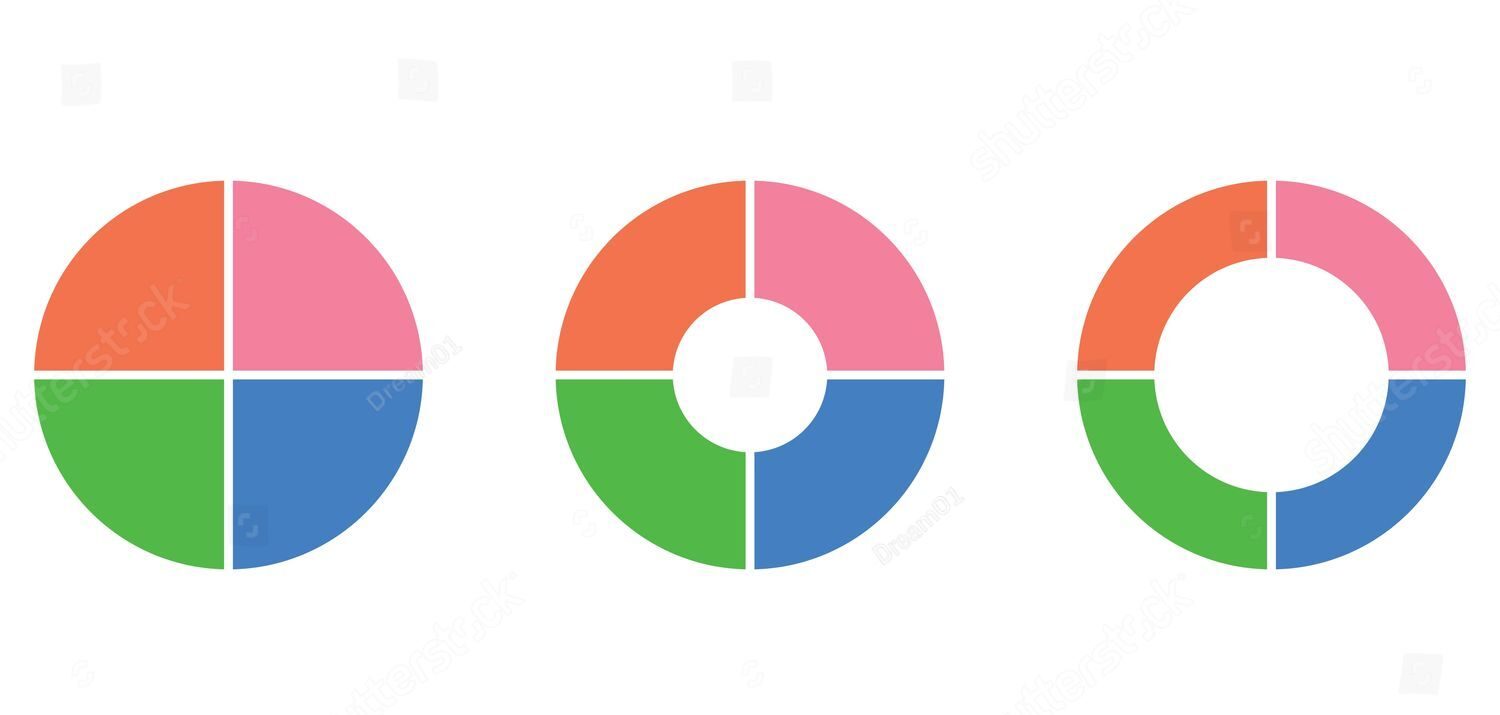 The Language of Dog Training: Behavior Theory and the Four Quadrants of Reinforcement and Punishment
The Language of Dog Training: Behavior Theory and the Four Quadrants of Reinforcement and Punishment
In an era where language is being hijacked to further political agendas, it should come as no surprise that the Language of Dog Training is no longer exempt.
Weaponizing Language in Dog Training
Our language is being weaponized with a deliberate zealotry not seen to this degree in any other industrial vernacular. It is carving itself a niche in sweeping legislative proposals as certain bodies try to influence lawmakers into banning tools and training methodologies.
Academic Dog Training vs. Practical Application
Within the last few decades, the AVMA has bestowed a degree in Applied Animal Behavior that is based on the linguistics of the scientific community with little or no practical applications. Their model has always been the controlled study (read sterile laboratory environments and clinical settings) of marine mammals, primates and an assortment of animals in cages, tanks and mazes. Their principals are based either wholly or in part from the works of B.F.Skinner who practiced psychology during the mid 20th century.
Historical Influences on Dog Training
The gist of his research gave birth to a revolutionary movement in dog training, spearheaded by the interpretations of the works of the Brelands, Bob Bailey and Marian Breland Bailey, and others.
Konrad Most and Early Dog Training Methodologies
In his work, “Training Dogs, A Manual” Konrad Most predates many of these applications of the 20th century with observations made from his work with dogs in military and civilian applications. His work stood as the hallmark for dog training throughout Europe. Most’s work left an impact, and can be seen in the canonical work of Will Judy, Bill Koehler and many others; having being heavily plagiarized for his content before being dismissed as “outdated”.
Historical Foundations of Reinforcement
The applications of positive reinforcement and negative inducers have been a feature of animal training for millennia. Most explained the concepts of capturing behaviors using these inducements in work that was started prior to the turn of the last century and published in 1910.
So, let’s go down the behavior language rabbit hole, shall we?
Perspectives on “Correction”
According to Wall Street, a correction is a swift change either upwards or downwards in sales of stocks.
According to Main Street, a ‘correction’ is waking up the morning after the stock market took a 500 plus point nosedive and you realize that your little nest-egg was just used for a trader’s souffle’.
According to Princeton’s WORDNET, a correction is defined as:
- S: (n) correction, rectification (the act of offering an improvement to replace a mistake; setting right)
- S: (n) correction, fudge factor (a quantity that is added or subtracted in order to increase the accuracy of a scientific measure)
- S: (n) correction (something substituted for an error)
- S: (n) correction, chastening, chastisement (a rebuke for making a mistake)
- S: (n) correction (a drop in stock market activity or stock prices following a period of increases) “market runups are invariably followed by a correction”
- S: (n) discipline, correction (the act of punishing) “the offenders deserved the harsh discipline they received”
- S: (n) correction (treatment of a specific defect) “the correction of his vision with eye glasses”
Reinterpreting “Correction” in Dog Training
In the current vernacular, it is always assumed that the use of correction is a use of force. Therefore, the definition of correction has become automatically to rebuke or discipline. To punish.
When teaching a dog to sit on cue, emphasis must be placed on what the dog views as meaningful.If a pat on the head serves as a tangible reward than it stands to reason that the retraction of that form of reward can serve as a correction, or in the eyes of many; a rebuke or discipline. If a dog can be encouraged to perform a behavior for a treat, a toy or a game, the removal of that reward serves as a correction. This is what is termed as negative punishment, or the removal of something desirable to decrease an undesirable behavior.
Misconceptions in Dog Training Terminology
See where the language of dog training gets muzzy? None of these things can really be construed as ‘punishment’ as we have been conditioned to perceive it, however they are. All of them can serve as a ‘correction‘, but none of them really fit our mental profile of a rebuke or discipline either.
It gets worse:
In the Skinnerian vernacular, the addition of something to affect an organism’s behavior is called positive. The subtraction of something that affects an organism’s behavior is called negative.
Defining Reinforcement and Punishment
Reinforcement means ‘any consequence that increases the likelihood of a behavior occurring again’. Punishment is ‘any consequence that follows a behavior, aimed at decreasing the likelihood of that behavior happening again, by adding a negative stimulus or removing a positive one’.
Understanding “Consequence” in Behavior Theory
You can see where this stuff gets tricky.
First, we need to define consequence. Dictionary.com defines it as “[A] consequence comes after, or as a result of something you do, for example, “He was given a traffic ticket as a consequence of running the red light.” A consequence is a “result” or “conclusion,” and the Latin sequī, “to follow,” is part of its history.”
A consequence technically is neither positive or negative. It simply means ‘a result’. The emphasis by folks who cannot be bothered to study their native language (to be referred to as troglodytes, forever forward) insist on suggesting a negative impact.
Now you see where I’m going.
Breaking Down the Four Quadrants of Behavior Theory
Positive punishment is adding an unpleasant consequence to discourage an undesirable behavior, like allowing sudden leash pressure to occur through a quick turn or other action, or snapping the leash when a dog pulls.
Negative Reinforcement is the removal of an unpleasant consequence to encourage a behavior, like when the leash goes slack and pressure is removed once the dog returns to the heel position.
Positive Reinforcement is the process of following a behavior with a pleasant consequence that the subject wants; a response is required before the reinforcement happens; the dog sits, and is subsequently rewarded.
Negative punishment means removing something the dog wants to discourage an undesirable behavior, like withdrawing affection, treat or toy for jumping or barking.
Appetitive vs Aversive Stimuli
Appetitive: something the organism finds meaningful and desirable. A strong wish, or urge.
Aversive: something the organism finds repulsive and is deterred by.
Clarifying the Process: Adding or Removing Stimuli
Alrighty then…
So am I adding something in order to decrease the likelihood of a behavior recurring, removing something to increase the likelihood of a behavior occurring, adding something to …
It’s a lot for people to digest. My findings have been that the average layman doesn’t really care, as long as their dog is not harmed, and the training yields the results they are after. Even professionals get mired in the behavioral mumbo jumbo, either getting it wrong entirely, or denying the existence of 3/4 of the learning theory simply because they wish to craft a narrative that paints punishment as inherently bad, without understanding nuance, contect, or supporting language.
That’s a real problem.
The Fluid Dynamics of the Four Quadrants
The quadrants are a wheel, constantly in motion; not a static square where only one modality is teased out at a time. It is fluid and dynamic and constantly shifting.
Limitations of Lab-Based Training Research
My concern is this: In the study of marine mammals, these experiments are conducted in an environment so removed from the wilderness of the real world where dogs are actually found, we find the correlations between the two are simply not applicable globally. Same with birds, primates, lab rats and so on. They live in labs, big tanks and cages. Our dogs do not. They live in our homes, on our streets. We come in contact with them in some way every day.
Stress Testing Behaviors: Beyond Positive Reinforcement
Using positive reinforcement to shape a behavior is not the issue. Proofing the behavior under stress is the key. The tiger offering its tail for a blood draw, or the giraffe allowing the attendee to rasp its toes are all conducted with a barrier in place, where risk has been minimized, and when the animal in question is in the mood to cooperate.
Real World vs. Laboratory Conditions
I have great admiration for these folks. Their work is exemplary. But dogs don’t live like zoo exhibits. They have a lot more freedom to engage with a richer, more rewarding environment, and at any time, they can decide that our reinforcement is simply not interesting enough.
Incongruities in Training Standards
Whales do not chase kids on bikes, threaten the mailman nor eviscerate our family room furniture, but still their ‘training’ is held as the industry standard for canine behavior. A marine mammal in a tank at Sea World has little chance of leaving for greener pastures if the chum treats he gets for jumping through big hoops fail to stimulate him. Zoo exhibits live in tanks and cages. Domestic pets do not.
Why the Surge in Dog Bites is a Concerning Trend
Dog bites that resulted in fatalities increased 180% during the pandemic years, with 324 listed between 2018 and 2022. Not insignificant.
The Unique Role of Dogs in Our Lives
There is an inherent risk of refusing to acknowledge the dog’s unique role in our lives in favor of training models used for species housed in environments where their containment is rigid and immutable.
Although the wolf in our midst may find our home a tolerable domicile, if given the option to explore the wider world, I guarantee that dog will investigate every available option to experience that freedom again.
The Power of Freedom
There is nothing more powerful to a dog than being self reinforced for the ability to experience real freedom.
Your cookies aren’t more powerful than that, and they never will be.



This probably one of the best writings I’ve read on this particular issue. It’s something that I’ve been trying to get across for a while now, but I can never find the right words for it: I don’t want to downplay training, but I don’t want to reduce it to a bunch of conditioned responses either.
I’m just frustrated that so many “trainers,”or in your words, “trainerettes,” have lost sight of the end goal for the means and ‘things’–language, tools, techniques, etc–to get there. Normal people don’t have months and years to train their dogs. They want realistic, practical results in a reasonable time period, and I’ve found (not as a rule, just an observation) that the more psychobabble a trainer uses, the longer it generally takes to train the dog.
Exactly.
It is without question that when a prospective client calls, they expect to see durable results in a reasonable time frame.
By the time I get the dog, it’s no longer a matter of ‘why’, it’s a matter of ‘can it be fixed’, ‘how long will it take’ and ‘how soon can you start’.
The ‘trainerette’ genre constantly remind me of the old saw my mom used, “If you can’t dazzle ’em with diamonds, baffle them with bullshit”.